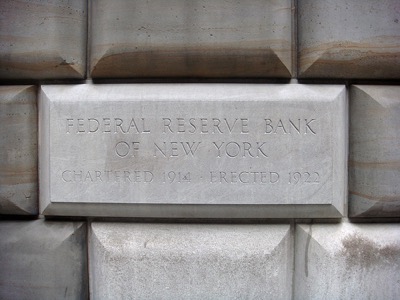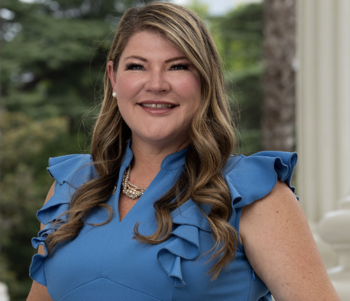Experts: Withholding BEAD Funds Because of State Affordability Laws On Shaky Legal Ground
Legal analysts are questioning the recent assertion by the head of the National Telecommunications and Information Administration (NTIA).
NTIA administrator Arielle Roth said last week that the agency she oversees will withhold federal broadband deployment funds from states that have laws enforcing net neutrality or that have enacted affordable broadband legislation similar to New York’s Affordable Broadband Act.
As the assistant secretary overseeing the $42.5 billion Broadband Equity, Access, and Deployment (BEAD) program, Roth’s legal reasoning is striking.
All the more so given that the New York Affordable Broadband Act that requires Internet service providers in the Empire State to offer a low-cost broadband service plan to income-eligible households has been upheld as Constitutional – a case in which the Supreme Court twice declined to intervene and overturn.
Yet, last week in speaking before the conservative Hudson Institute, Roth offered remarks that have legal observers scratching their heads in bewilderment. During her speech, Roth said:
“Consistent with the law, which explicitly prohibits regulating the rates charged for broadband service, NTIA is making clear that states cannot impose rate regulation on the BEAD program. To protect the BEAD investment, we are clarifying that BEAD providers must be protected throughout their service area in a state, while the provider is still within its BEAD period of performance. Specifically, any state receiving BEAD funds must exempt BEAD providers throughout their state footprint from broadband-specific economic regulations, such as price regulation and net neutrality.”
The stakes are high for broadband affordability advocates across the nation.













